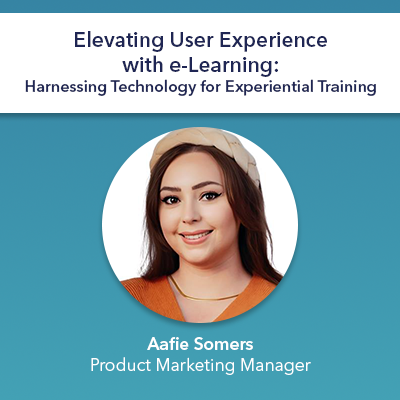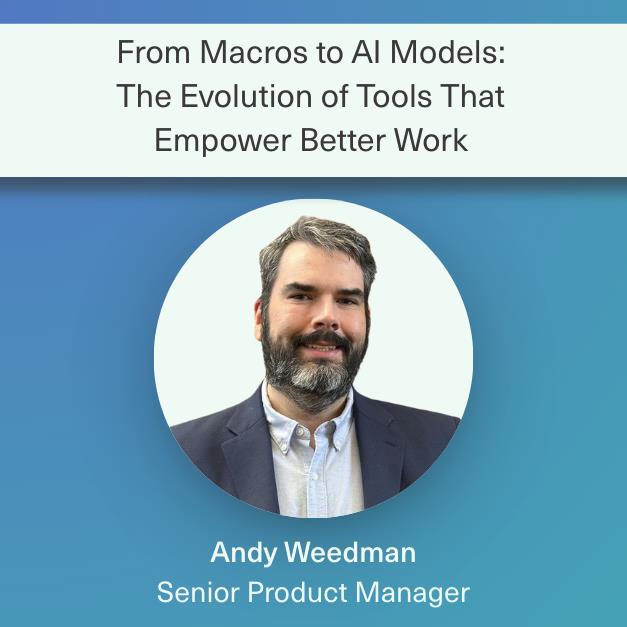Working in corporate education has often led me to ask, “Why are our tools and tech advancing, but we’re still stuck with printed training guides and basic slideshows?”
Innovation has rapidly transformed the fintech space, with companies developing disruptive technologies that offer better, faster, and more effective solutions. However, in this fast-paced environment, the success of new software depends heavily on the people using it. If your team isn’t well-equipped to work with the latest and greatest, you’re not fully supporting your employees.
It’s long past time for the movers and shakers of the tech world to prioritize more impactful training programs. Rather than relying on outdated methods, the power of modern technology is ours for the taking, and we can create training experiences that resonate with learners.
Leaving Traditional Learning Behind
Lecture-based learning presents significant challenges in terms of resource allocation and effectiveness. This method strains organizational resources with lengthy training sessions that can stretch on for weeks, limited time for production and practical application, materials prepared for training and the expertise of trainers, and the canyon-wide leap knowledge must make to the learner.
As a seasoned facilitator, low efficacy in a training program keeps me up at night. Navigating daydreamers who are stuck in a whirlpool of passive learning and low interaction is no easy feat. When working with a diverse group of learners, you’ll run into problems with pacing; don’t go so fast that some fall behind, and don’t go so slow that you lose half the room. It’s not fun to train a group of learners where 30% are lost, 60% are ready for the next topic, and 10% are thinking about what’s for lunch. The facilitator is just one person, and there’s no one-size-fits-all solution to corporate education.
It’s important to explore alternative learning methodologies that can address the needs of learners and optimize training resource utilization. E-learning, the use of digital tools and technology to create interactive learning experiences, outshines traditional lectures as its experiential nature resonates with diverse learners while minimizing organizational strain. Blended learning, a combination of lectures and e-learning, is by far the most common method of training in the modern day.
Exceptional E-Learning Practices
If you want to do right by your learners and improve user adoption, you need to incorporate e-learning into your program. Often, this is done using a Learning Management System (LMS), but it doesn’t have to be. You can equip your training team with a la carte tools like video editing software and online gamification sites and ensure there’s a robust database of resource content for the learners to explore. Software training allows us to use a dummy version of the product to create scenarios and facilitate training so that the experience closely matches the live environment. Here at Quavo, we ensure staging environments are up and running with plenty of lead time for our clients. Simulating the live version in training builds familiarity, sets expectations, and generates excitement.
Adult Learning Theory gives us the insights needed to deliver effective training experiences. Here are the tips that drive exceptional e-learning modules:
- Multiple modalities: Blend activities, videos, articles, and quizzes for interactivity and replay value.
- Experiential opportunities: Include gamification through puzzles, flashcards, and other challenges to excite your learners.
- Skill mastery: Build confidence, correct misconceptions, and evaluate your team’s abilities through quizzes, simulations, and on-the-job practice.
Training Strategy, Meet the Software
Consider the capabilities of the software used for work and tailor the training program to match. A complementary learn-then-work tactic yields the best results while minimizing the strain learning a new system can create. The field of fraud and disputes is complex and can take years to master when looking at the full dispute process, cradle-to-grave. With how QFD handles case work, you can train your team one task at a time, enabling them to be productive while nesting and getting real-world experience quickly. This is the best way to foster team confidence and jumpstart expertise. Ready to learn more? Reach out to one of our experts today.






